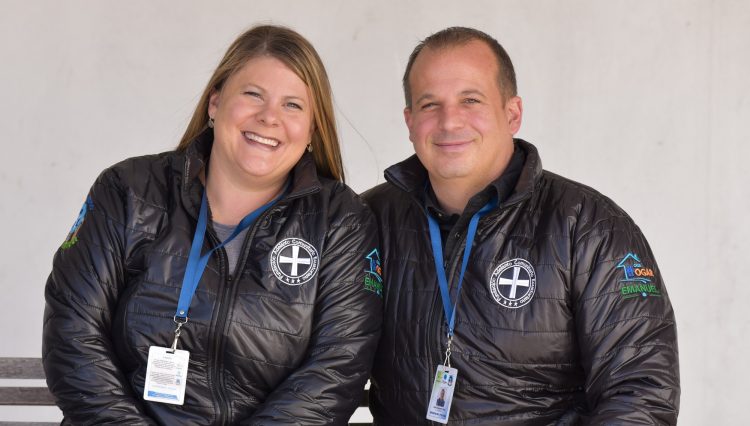Sorry it has been a little while since we have posted an update on our book that we are reading. We had read this chapter a little while ago but just have been so busy with travel and all that it just hasn’t been possible to do an update.
Chapter 4 picks up where Chapter 3 left off in providing excellent teaching, understanding and suggestions for how to see poverty and how best to help. I am left with the overall feeling after reading this chapter that every church or at least every church’s mission team/board should read this book when looking at their ministries to the poor and seeking to make them more effective and well thought out.
One of the main concepts that I learned from this chapter is that there are three methods to responding to poverty: relief, rehabilitation and development. Each situation in which poverty is evident requires its own unique method for aid. “Relief” is the urgent and temporary provision of emergency aid to help victims of a natural or man-made disaster. The crisis that recently unfolded in Japan is a good example of when “relief” was needed. “Rehabilitation” is what happens immediately after the “relief” is done. It seeks to help people be restored to the positive elements of their precrisis conditions. “Development” is one step further. It seeks to help people better fulfill their calling to glorify God by working and supporting themselves and their families through the fruits of that work. Development is not done to people or for people but with people.
Here’s the key lesson from this chapter: one of the biggest mistakes that North American churches make – by far – is in applying relief in situations in which rehabilitation or development is the appropriate intervention.
Just think of what typically happens in a North American church when a poor person comes to that church seeking help, the response is usually to do nothing or to give them some sort of handout. Pretty much always, that person seeking help is not in a “relief” type crisis situation so why do we respond with “relief” type aid. Unfortunately, I believe because it is the easy way out. It takes time and energy to respond in a “rehabilitation” or “development” type way. It’s hard to take time to get to know the person, figure out what their situation is exactly and take the time that is needed to walk with that person in the personal problems and come to a good solution together in which the person being helped is proactively involved. It’s hard and it takes time and energy but that really is what is needed in this type situation.





 The Santiago Partnership
The Santiago Partnership